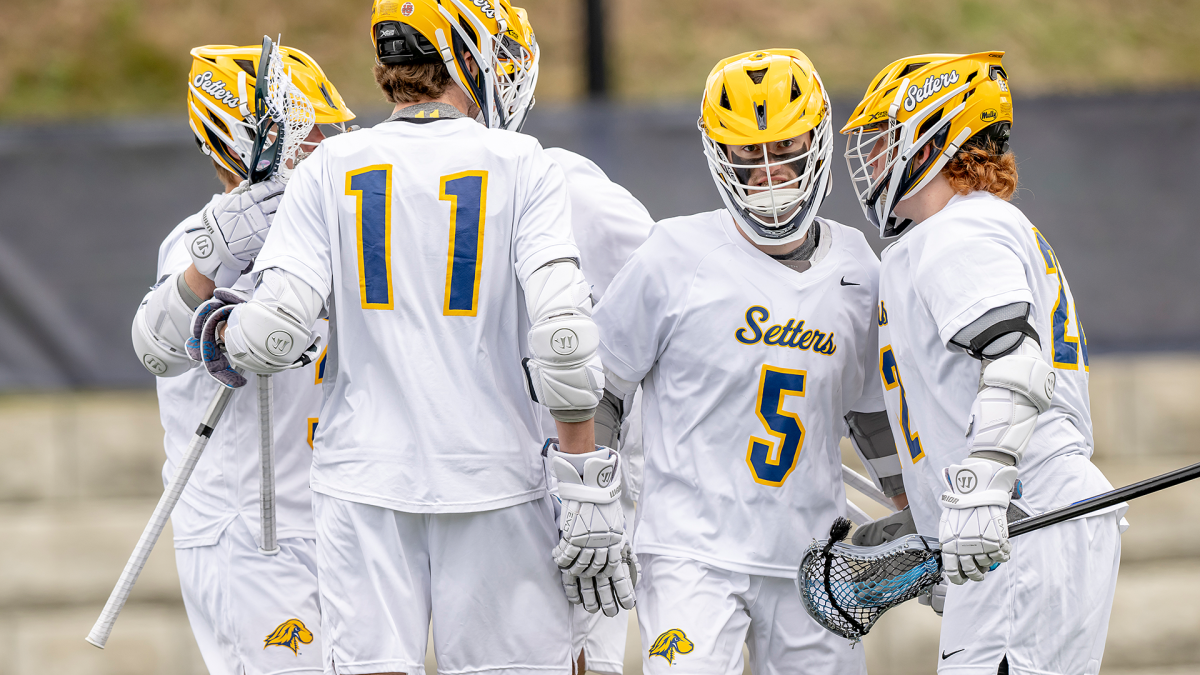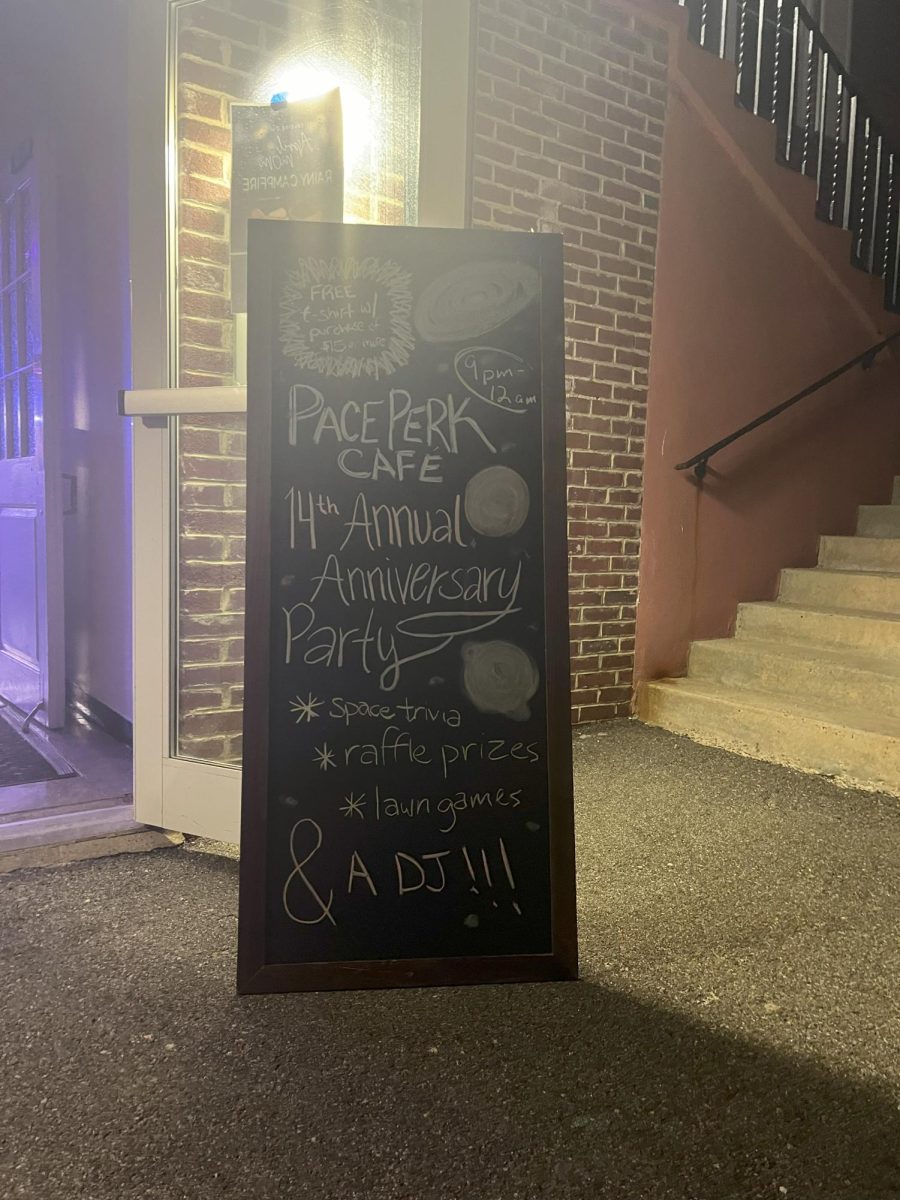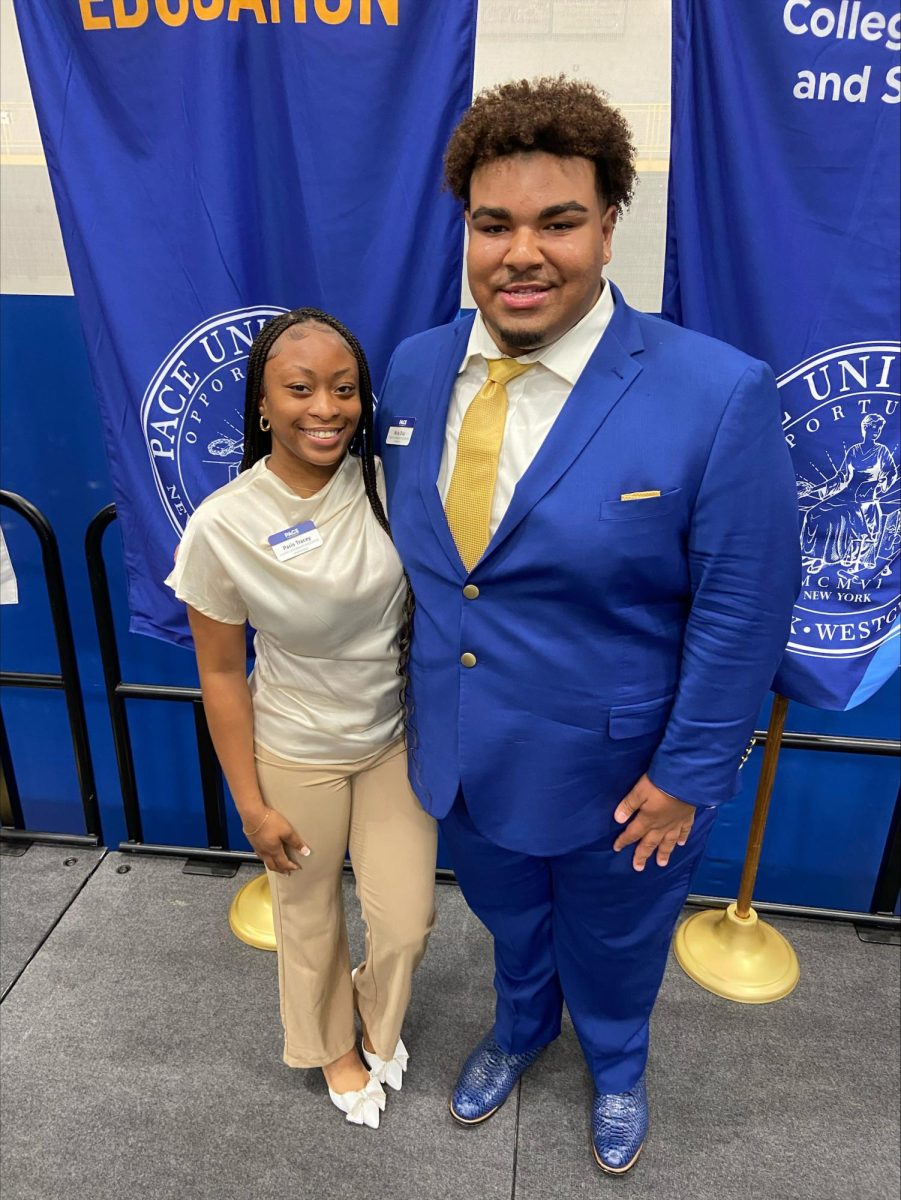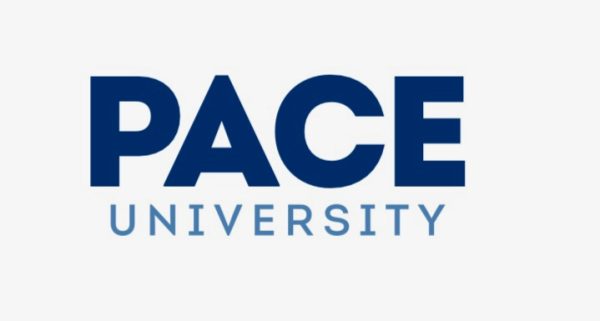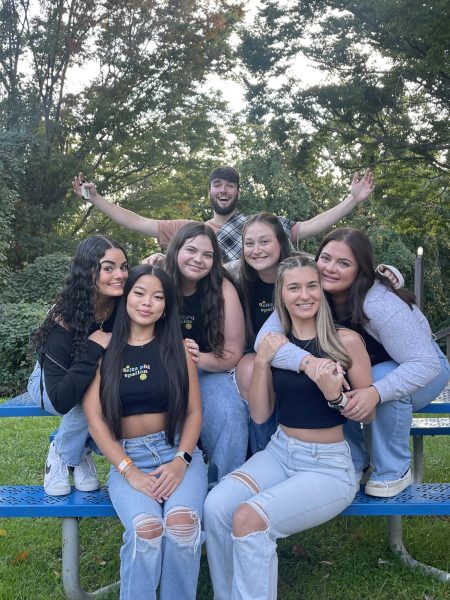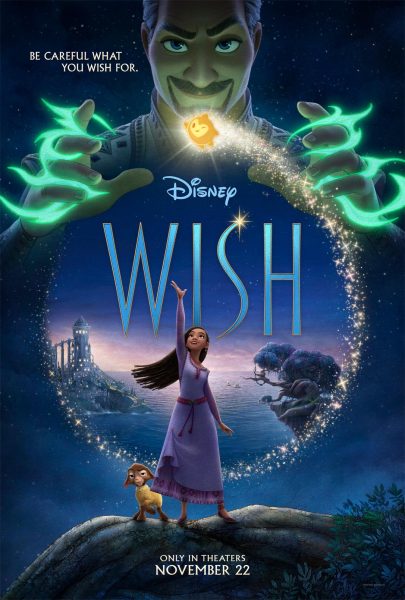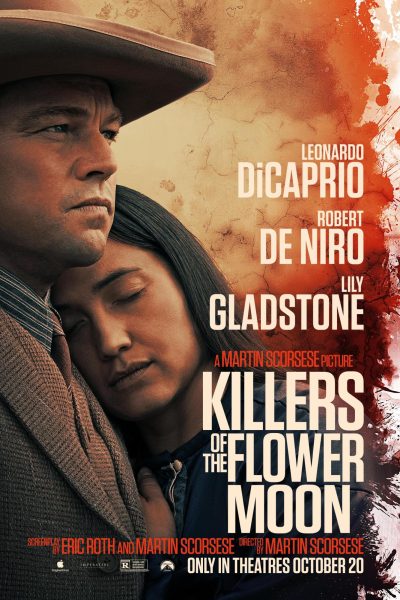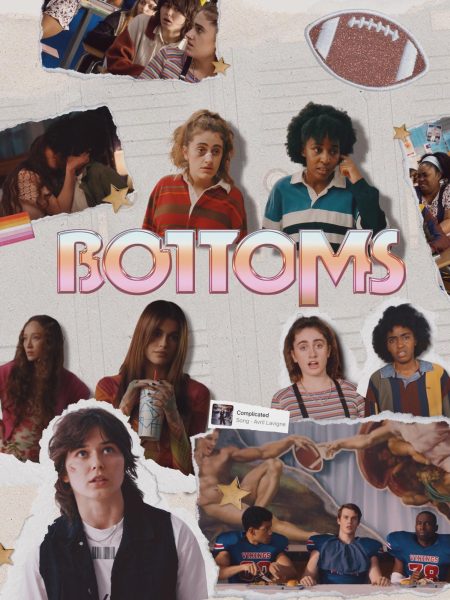Real World Learning vs. Classroom learning
May 8, 2014
Sitting in a classroom, dozing off at the monotonous sound of a lecture or a documentary, dreading the thought of taking a final on information that you were supposed to spend the semester learning but haven’t.
This is a scene that may be far too familiar to some people, but surely isn’t always the case.
Many professors make the class and information intriguing and encourage participation. Sometimes, a textbook is even enjoyable to read. Documentaries and lectures are often interesting to listen to and to analyze.
But, traditional classroom learning has an unavoidable setback. It is not and cannot be real-world experience.
The alumni and adults I’ve spoken to from Pace and other colleges have usually said the same thing—college is good, but nothing compared to working. They learned more about the “real world” in the “real world.” Sure, college prepared them for life, but internships and actually working outside of the classroom taught them more than they could have imagined learning in a college classroom.
The beauty of Pace is that plenty of real-world learning experiences are available.
These classes, extracurriculars, and internships provide a break from sitting in classrooms and staring at textbooks and offer the opportunity to make a difference and to learn real-world skills besides just researching, reading comprehension, and essay writing.
The Pace Academy’s mock trial program provides a way for students to work together and compete against each other in a mock hearing dealing with environmental issues. This year, they worked around the issue of concentrated animal feeding operations in New York. Students learned about the issue and about how to handle it in a court of law.
But, you don’t need to take on an outside internship or extracurricular to get a real-world learning experience.
This spring semester, I was a member of the Pace Environmental Policy and Practice Clinic, which was a learning community (technically two courses.) Members of the class worked to raise awareness of certain environmental issues, namely circus elephant abuse, energy efficient microgrids, invasive plants, and concentrated animal feeding operations (CAFOs.)
We did write an essay or two and read a textbook, but the main focus of the class was working together to develop the best methods to raise awareness and work to find solutions for the issues we were working with.
We were able to get a resolution passed by the Village of Ossining, with the Village agreeing to use our research to see if microgrid technology can be something they should consider in the future. Other students in the class created a palm card that lists invasive and native plant species, something that can act as a consumer guide for gardeners in Westchester and that can ultimately lead to a healthier environment.
Finally, perhaps you’ve seen students tabling in Kessel and conducting surveys about healthy food options at Pace- that would be students working with CAFOs studying the source of our cafeteria food.
I could never have imagined making such an impact, and such an impact would not have happened in any other class. The Clinic, to me, felt like the equivalent of some internships.
Let me reiterate, I’m not trying to advertise a certain class. I’m only trying to make the point that real-world learning is a beneficial educational experience to enhance the college experience.
Take on an internship, join the model U.N., compete in the Pace Academy’s Mock Trial Team, go out of your comfort zone and try to get the most out of your college experience.

